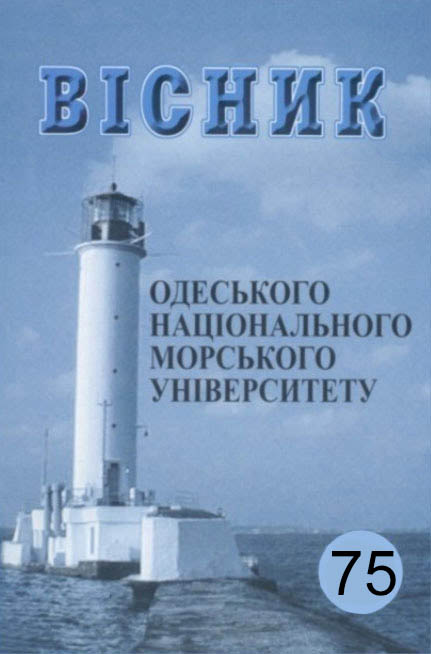Comparative analysis of the accuracy of estimating fracture stresses in accelerated fatigue tests
Main Article Content
Abstract
The article considers the problem associated with the error in the calculation of the destructive stress depending on the value of the fatigue limit, the correlation coefficient and the sum of accumulated damage. Three main models were considered as fatigue curve equations: power, exponential and Weibull. The linear hypothesis of Palgrem–Miner was used as the law of accumulation of fatigue damage. The calculation formulas for determining the errors of the destructive stress were obtained based on the joint solution of the systems. They included the corresponding equations of the fatigue curve and integral expressions for the summation of fatigue damage.
As a result of the research, it was found that with an increase in the fatigue limit, the errors of the destructive stresses shift to the region of negative values. Their absolute values for all three considered equations of the fatigue curve are practically independent of the magnitude of the fatigue limit. The values of these errors, depending on the correlation coefficient, take both positive and negative values. At the same time, there is no pattern of their explicit increase or decrease. The dependencies of the errors of the destructive stresses, with an increase in the sum of accumulated damage, continuously shift from the region of positive values to the negative region, passing through a zero value at a value of this sum close to one. The errors of the calculated destructive stresses did not exceed 6% compared to the experimental ones.
Article Details
References
2. PG Forrest Fatigue of Metals. Pergamon press. Oxford, London, New York, Paris. 1962. 352 р.
3. Oliinyk M.V. Vytryvalist detalei mashyn. K.: Tekhnika, 1979. 200 s.
4. Oliinyk M.V., Konoplov A.V., Kibakov O.H. Metody pryskorenoho vyzna- chennia kharakterystyk oporu vtomy u praktychnykh dodatkakh. Odesa: Astroprynt, 2000. 138 s.
